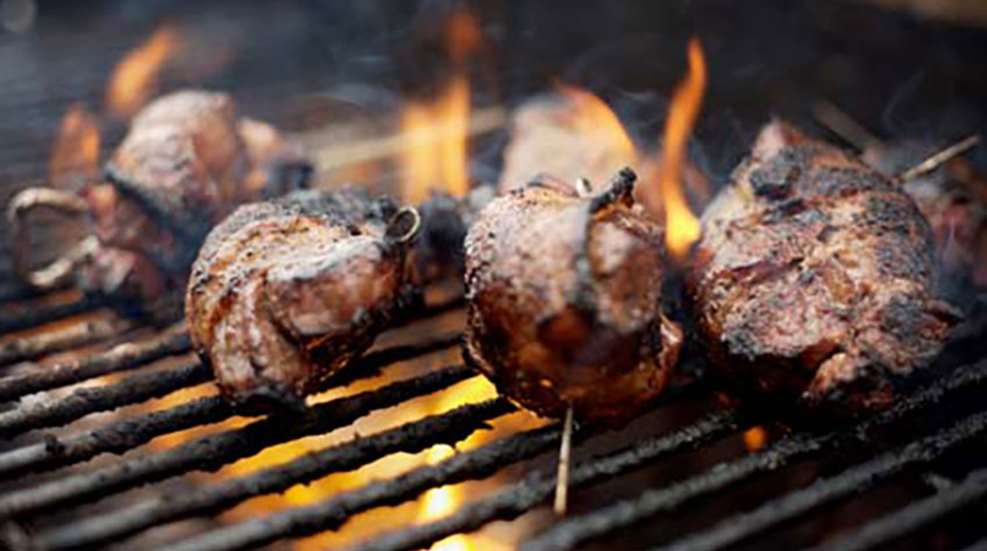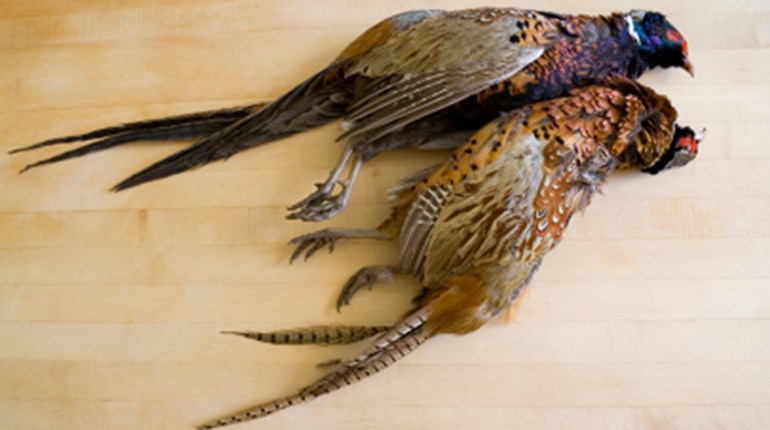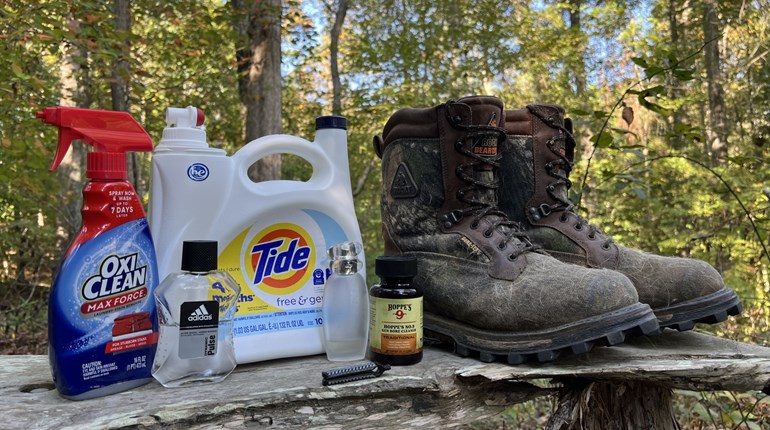
1. Not Aging the Game First
Unlike domestic animals, wild ones have a rich, variable flavor, because they are often older at death, exercise freely and enjoy a mixed diet. The wild flavors that result from cooking these animals are often described as “gamy.” In Old World Europe, game was hung until it began to rot—a treatment they called mortification—which not only tenderized the meat but heightened the wild, gamy flavor even further. We don’t practice this today because society is accustomed to eating farmed animals.
Today’s farmed animals live a very different lifestyle than their ancestors or wild counterparts—they are sedentary, eat a uniform diet and are slaughtered before they reach maturity. It is not surprising that it takes a slightly different approach to properly cook a wild animal, and the secret lies in proper aging.
Aging is a change in the activity of muscle enzymes. At death, the enzymes begin to deteriorate cell molecules indiscriminately. Large flavorless molecules become smaller, flavorful segments; proteins become savory amino acids; glycogen becomes sweet glucose and fats become aromatic. All of this deterioration and the breakdown of cell molecules creates intense flavor, which improves further upon cooking.
This shift in enzyme activity also tenderizes the meat by weakening the proteins that hold things in their place. The collagen in connective tissue begins to weaken, causing it to dissolve into gelatin during cooking, and help it retain moisture.
2. Not Brining or Marinating the Game First
Brining is an old-fashioned technique that involves soaking meat or poultry in a flavorful saltwater solution to enhance its moisture and taste. The proper ratio is 2 tablespoons of salt to 4 cups of water. It is especially good with breast meat and other lean cuts like the loin.
Brining does not break down the proteins in the meat in the way that marinating does. Instead, through osmosis, it carries salt and sugar inside the cell walls of the meat, which causes the proteins to unravel, interact with one another and form a matrix that traps moisture inside the meat. The true purpose of brining is juiciness, whereas the true purpose of marinating is tenderization. It is a good idea to rest a piece of meat once it comes out of a brine, to allow the moisture to retreat back into the meat.
A marinade doesn’t require the same resting time and is best used with muscular cuts of meat like the shank or shoulder, braised over many hours.
3. Overcooking the Game
The surest way to turn someone off of wild-game to serve it to them overcooked. Because there is less fat in wild animals, the moisture evaporates quickly in the pan, drying out the meat, turning it gray and giving it that “gamy” flavor. White-meat upland birds should not be served rare, but can have a blush of pink in them. The wild ones will be more muscular and will dry out more quickly, so you need to tend to them while they are cooking—basting them, poaching them, doting on them until the very last second.
Dark-meat birds, such as ducks, and red meat game animals like venison must be served no more than medium-rare. Serving it rare is even better. There is no use in eating it otherwise.
Lighter meat, like that from hogs, has to be brined in order to be edible, because it must be cooked to 160 degrees F. Turkeys are drier at the breast and tougher at the legs, especially an old tom. Where your domestic turkey leg will make a nice drumstick, a wild turkey leg will make a nice ground turkey burger.
4. Cooking it the Wrong Way
In the world of chefs, meat is categorized into first, second and third category cuts. The first category is the leanest and most naturally tender, like the tenderloin. The third category is the toughest, like a shoulder. The cooking method used to cook these cuts varies greatly and is crucial to making the final dish successful. The first category—the loin—must be quickly seared and served. The third category should be braised in liquid over many hours until the collagen breaks down. Approaching these different categories of meat with the same cooking method won’t produce tasty result.
5. Overcompensating
Sometimes we do too much to a dish, when the ingredients should be allowed to speak for themselves. We smother it in cream of mushroom soup or wrap it with jalapeños, cream cheese and bacon—dominating the star of the show. Game meat should be served with flavors that accentuate its flavor but not ones that cover it up. Often all we need is a simple sauce on the side. If it’s aged, brined and cooked properly there is no reason to crack open that can of mushroom soup. After all, you’ve worked too hard to bring it to the table, let your work shine.





































